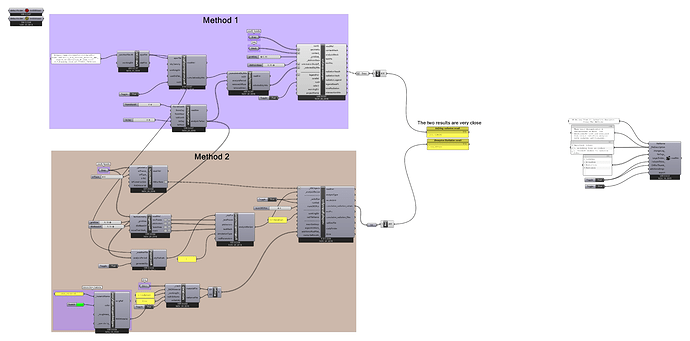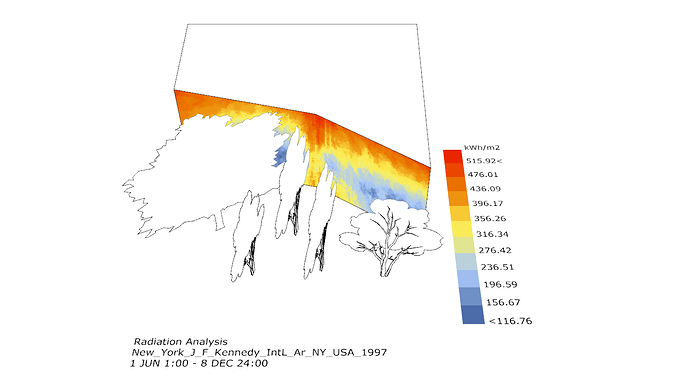@edpmay I have some practices for modeling Trees in Radiation Analysis. Method 1 is using Ladybug Radiation Analysis. Method 2 is using cumulative sky and Radiance Daylighting Analysis.
Here is the link:Modeling Tree In Radiation Analysis Using Two Methods
Hope this demo file can help you

